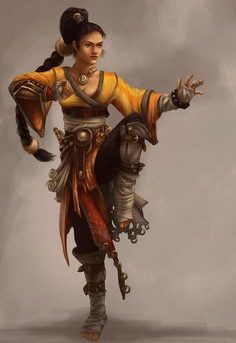There are many different types of martial arts. These include Jujitsu, Taekwondo, Ninjutsu, and Aikido. Read on to learn more about each type. Next, discover the differences among the different types. Here are a few examples of martial arts that are widely practiced in the world today. This article will help answer your questions about choosing the right martial art.
Jujitsu
Jujitsu, a Japanese martial art style, is very popular. Although the history of Jujitsu is filled with violence, it is often credited to the Japanese for making the martial arts more popular in the West. Jujitsu is based upon the principle of surrendering to an opponent’s power, manipulating an attack against it, and preventing an enemy from retaliating. There are several rules that can be applied to different styles.
Jujitsu originated in Japan and combines various Japanese martial arts. It is used for close combat and the oldest styles date back to the 1130s. Many jujitsu styles can be found today. Most focus on counter-attacking with long guns and parrying. These techniques were originally adapted from Sumo and other forms of wrestling. These techniques are still taught today in some forms, and are even taught in some police training units.
Taekwondo
You might be wondering what makes Taekwondo so appealing. This martial art is very popular with children, especially if they are interested in fighting sports. Adults who attend these classes typically go to boxing or Muay Thai. People who have studied martial arts since childhood are most interested in learning it quickly. They also want to improve leadership and confidence. You’ve reached the right place if you’re interested in a career in martial arts.
Traditional Taekwondo focuses on street fighting and aggression. Students learn how to use all limbs as weapons during training and basic grappling skills. Because the founders believed the legs were the longest and most powerful weapon, they placed emphasis on power in kicks. Full-contact sparring is also a part of training. It helps prepare for real combat. Most schools emphasize competition.
Ninjutsu
The physical benefits of Ninjutsu training is obvious, but the mental benefits can be equally impressive. Ninjitsu is a stress-reducing art that is both physically and mentally beneficial to practitioners. It can help you focus, concentrate, and find inner peace. Because it helps you feel calm after a session, it is a great form of self-defense. Ninjitsu practitioners are also equipped with the mentality to take on stressful tasks.
Ninjutsu can be used in street fights, unlike other martial arts. It teaches a variety of attack and defense techniques. It is also very effective when used against multiple attackers. In addition, Ninjutsu is very close to street fighting in terms of skill level, as you can use just about anything as a weapon and still manage to get away with it.
Aikido
Morihei Umeshiba, who founded Aikido as a Japanese martial arts form, created it. It is a non-competitive martial art that incorporates a strong spiritual element, based on the philosophy of neo-Shinto. The style has been the subject of movies and television shows, and is even practiced by Hollywood actors such as Steven Seagal. After his father’s death, the martial arts style was passed to his son Kisshomaru.
The striking movements of the technique are very similar to those of a sword, knife, or other grasped object. In fact, many of the techniques that look like punches are actually thrusts with a sword or knife. Many practitioners reserve high-kicking techniques for advanced versions. Aikido instructors contend that high kicks don’t work well for freestyle defense. They were created for feudal Japan.
Jeet Kune Do
Jeet Kune Do is a physical training program. These exercises allow the student to develop the skills necessary for different types of fighting. Protective gear is required to ensure that the fighter’s bodies can withstand the force and impact of an attack. These will protect the fighter from injury and allow him or her to return home to do other activities or work after the training session. The Practical Self Defense Training Center sells protective gear for Jeet Kune Do at prices that are much cheaper than many sports stores and training catalogs.
Bruce Lee created the name “Jeet Kune Do”, in 1967. He struggled to name his art so that people could refer to it in concrete terms. Lee finally settled on “jeet kune do” after thinking about it for a long time. Its main focus is on intercepting the opponent’s intention and technique. These are its guiding principles:



